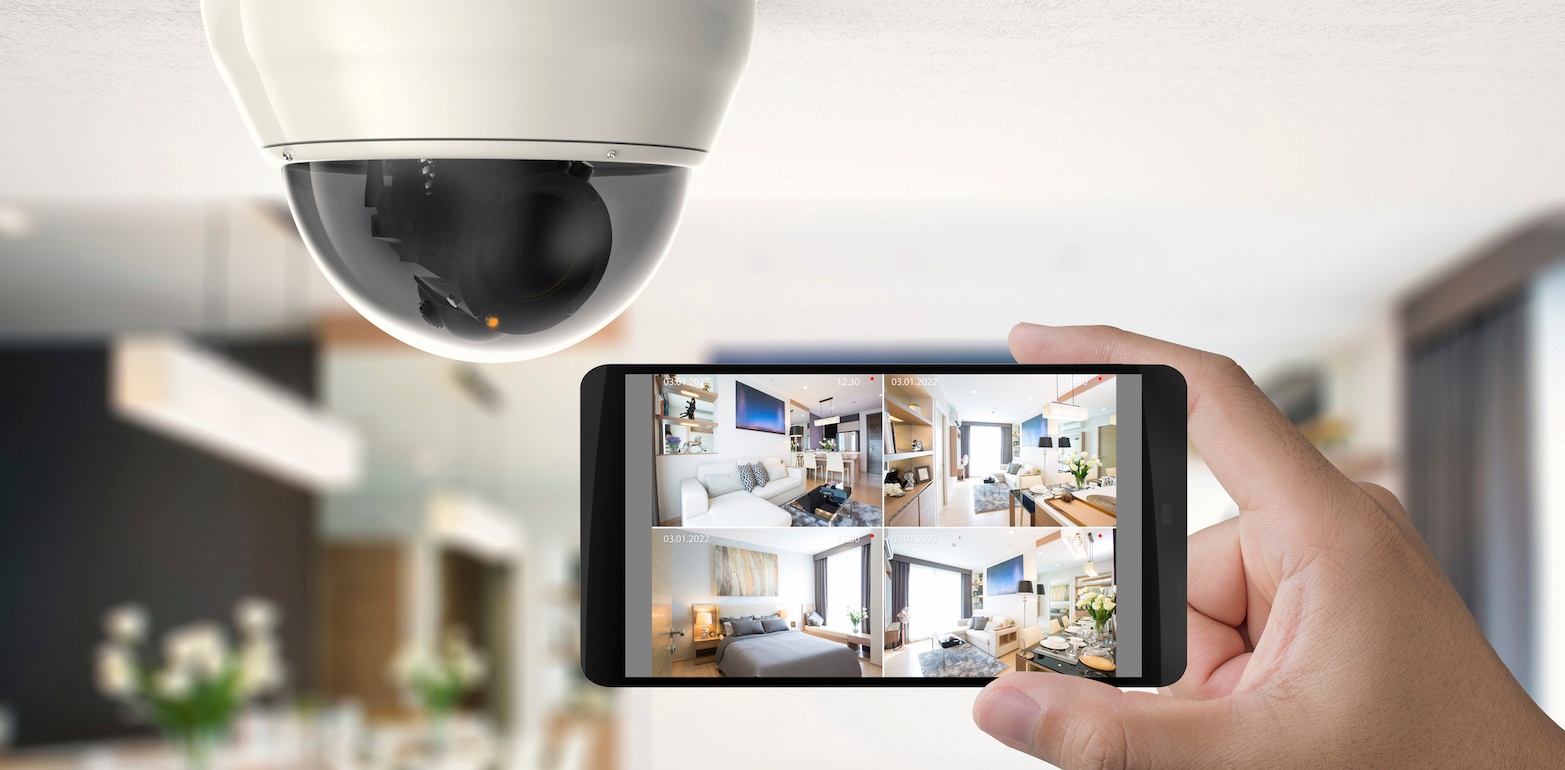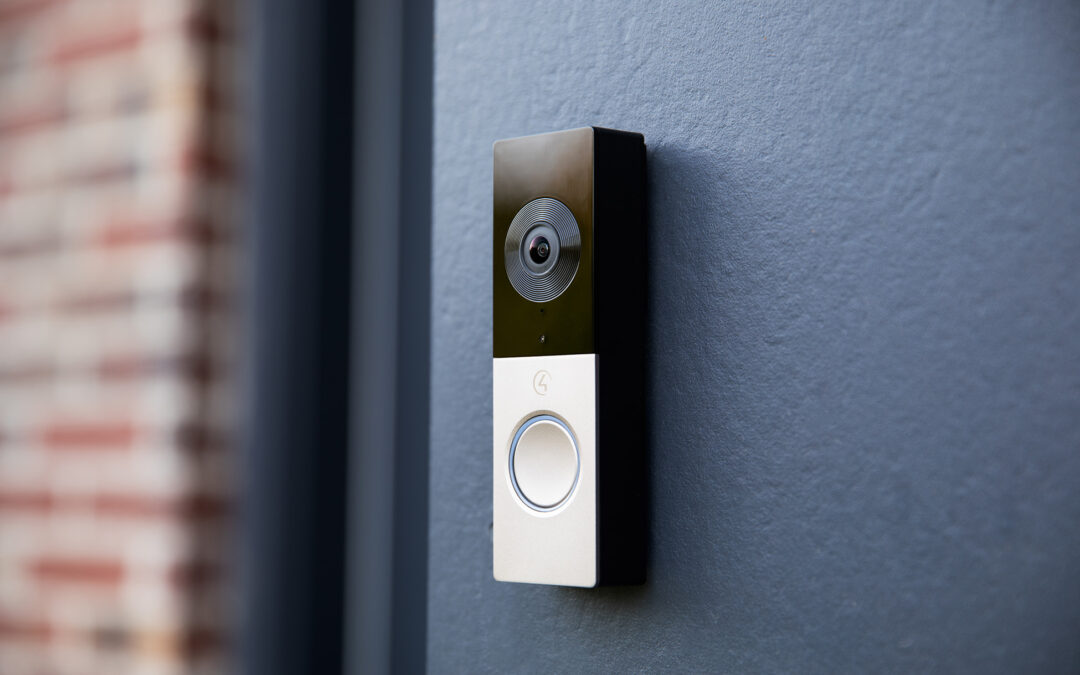“Smart Home” is one of the most popular buzzwords in 2020. If you are new to the concept of home automation or you’re just interested in learning a bit more and how it can improve your life, we got you. A smart home means that you have certain devices in your home that are all connected to the internet and can all be controlled by those living in the home through a smartphone, tablet, or computer! Smart home products include anything from lights to television, blinds and shades to sound systems, and yes, security cameras.
As a home automation company that provides everything we just listed and much more, we find that most of our clients put home security at the top of their priority list. When it comes to smart home security, products include cameras, sensors, touch panels, video doorbells and more. However, in our experience, setting up cameras is the first step you should take to assure the security of your home and your family. Below are some tips and tricks that you should keep in mind when setting up your camera security system.
1. Don’t Hide Your Cameras
Burglars are way more likely to step away and steer clear of a residence in which they know there is a chance they will be caught in the act. It is best to keep your home security cameras out in the open and visible in order to avoid anyone even attempting to disturb your security in your home. Unless you are trying to catch someone doing something specific like breaking into your car, don’t bother hiding your cameras.
2. Secure More than Just Your Front Door
Finding the right spot or multiple spots to place your security cameras really depends on the layout of your home, but there are key areas that are better than others. The front door is of course a great spot because it’s the area that receives the most traffic such as visitors and deliveries.We recommend using a video doorbell camera and connecting it to your smartphone to be able to get notifications and alerts on the activity that takes place at your home entryway. However, to truly protect your home from intruders you should cover all of your bases. Unfortunately, back doors and ground floor windows tend to be the most common place for an intruder to try and break into homes.
3. Make Sure to Set Up Motion Detection
No one has the time to monitor their security cameras for 24 hour 7 days a week, so that’s the job of motion detectors! Many cameras today allow you to set certain spaces in your camera’s field to monitor for motion. For example, your camera will be set to alert you when a human figure is approaching your door but not when a cat runs through your yard. One of our favorite motion-detection security cameras are Nest cameras because they are really decisive in what movements are cause for concern. We recommend considering what kind of activities you want to monitor around your home and activate the right features on your smart cameras!
4. You Got the Power?
Your cameras, specifically your outdoor cameras, will need a powersource. This should go without saying, but you would be surprised how many times people look over this crucial part of the security system process! You will need to decide if you want your cameras to be connected with a power cable that snakes through your home or if you want wire- free and battery powered cameras.
There is so much to consider when starting to set up your security cameras but if you keep these four tips in mind it should be a smooth sailing process!




